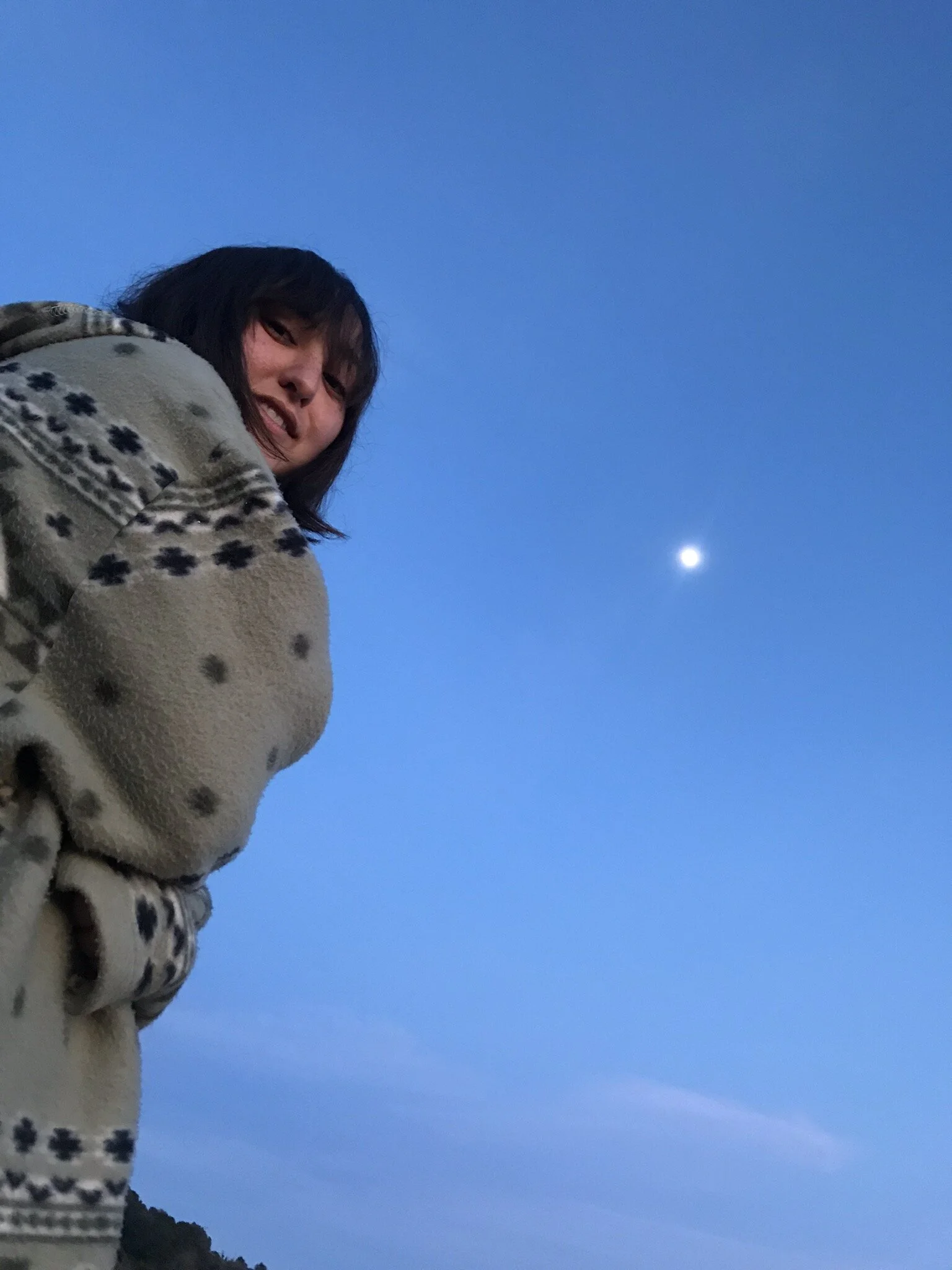The Art of Gratitude
For a while now, I’ve been practicing the art of gratitude.
I’m ashamed to say how often I find myself in a sour mood. I’ve been this way since I was a child. My parents called it my “attitude problem.” However, as I’ve aged, and in light of recent global and national events, I’ve become more determined to rethink these moments of frustration, anxiety, and depression.
I’m not saying that we shouldn’t feel these things. I believe it’s important to experience all emotions, enabling us to empathize with those around us. However, when it comes to daily grudges against coworkers or frustrations with my grocery delivery arriving late, I feel like I’m too quick to swing into a foul mood.
Especially due to the fact that I’m incredibly privileged.
So, to bring myself out of my moods, I’m practicing the art of gratitude. Acknowledging what I have in my life to realize how small the problems I’m facing really are.
And it is an art. The act of feeling thankful for everything that we have doesn’t necessarily come naturally or even easily. I’d argue that taking advantage / taking things for granted is what comes naturally to us as humans.
So what is involved with the art of gratitude?
The art of gratitude takes noticing. Noticing what you have in your life (both material goods as well as emotional and sentimental things).
The art of gratitude takes curiosity. Questioning how these things came into your life. Wondering how they serve you and others. Asking why you deserve these things.
The art of gratitude takes action. To be completely honest, sometimes I don’t want to think about the things I’m grateful for. I want to be angry; to wallow. I want to marinate in my misery. And maybe that’s okay. But it’s not how I want to live for an extended period of time. It’s not how I should live for long, just knowing that I’m surrounded by so much goodness. So, in times when you feel like beating a dead horse (an action that can be as terrible as its idiom suggests), you must take action. You must force yourself to notice what’s around you. To look for the good in your life. And there is a lot to be found.
I’ve been reading The Overstory by Richard Powers. This story woven with many characters intertwined like the roots of the trees that tie it together, and it’s an eye-opening tale that shines a spotlight on our innate human need for more.
We need more so badly that we’re willing to sacrifice the things that create it; we’re willing to continue cutting down what we need to breathe just to have more.
I’m not removing myself from this “we.” I am just as much a part of our consumer culture as the next person.
But, as I read, I question my habits. A line from one of the characters really stood out to me.
“If people knew what went into making trees, they would be so, so thankful for the sacrifice. And thankful people don’t need as much.” Page 339.
Again, here is where the three steps to the art of gratitude come in.
Noticing. Noticing that there are trees. Even here in the city. On the streets as well as tucked away in secret gardens.
Curiosity. Wondering. What does it take to make a tree? How do old trees survive? What do old trees offer to the newer ones? What do old trees offer us? How long does it take a tree to grow? Do trees ever stop growing? What makes up a forest? What makes up a healthy forest?
Action. Here’s the hard part. Recognizing my gratitude. Understanding the nuances and complications that make up the miracle of trees. Then, choosing to live with less. Choosing to confront my guilt at having purchased and purchased with reckless abandon. Wondering what to do about my future career. Can I really continue to work in retail?
For now, I can make small steps.
And I can add more to my list of things I notice:
I have a refrigerator full of groceries. They were delivered by someone who kept a safe social distance. They were grown by local farmers. They were packaged for me by people who are also lucky to have jobs. I can afford them. I don’t have to worry about going hungry. Why do some people have to worry about going hungry? What can I do to help people who are going hungry? What are some other actions I can take? Why do I eat so quickly? Why not take time to appreciate the food in front of me? Why am I frustrated when trying to cook?
I get to Facetime my dad for his birthday. What would it be like if I wasn’t able to call him on my iPad? What would it be like to live this far away without technology? What if he hadn’t recovered from COVID19? What if we hated each other? What if we let our disagreements keep us from speaking to each other? Why do I have a supportive family? What has having a supportive family given me? What can I do to make his birthday the best it can possibly be?
I have a strong body. What goes into making my heart pump blood throughout my body? How does my brain keep thinking? How do my legs and arms and muscles use up the glucose in my body to create energy? What can I do to take care of my body? Why am I ashamed of it?
I think I’m only scratching the surface of the art of gratitude. I plan to keep exploring and learning and developing this process. I’m thinking of writing about a few key items I’m grateful for here on the blog, answering the questions that I come up with in-depth, and outlining an action plan.



